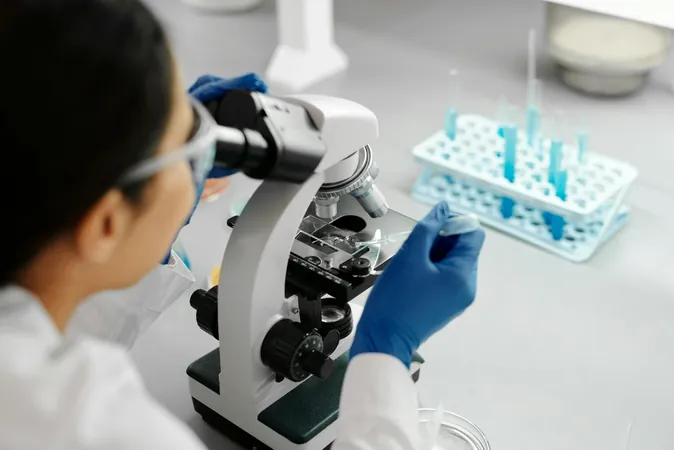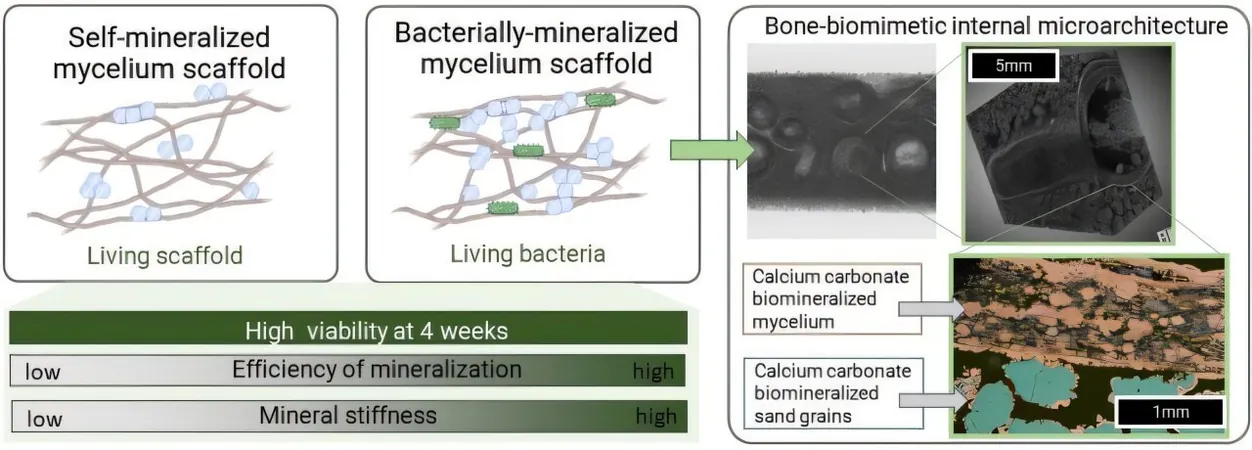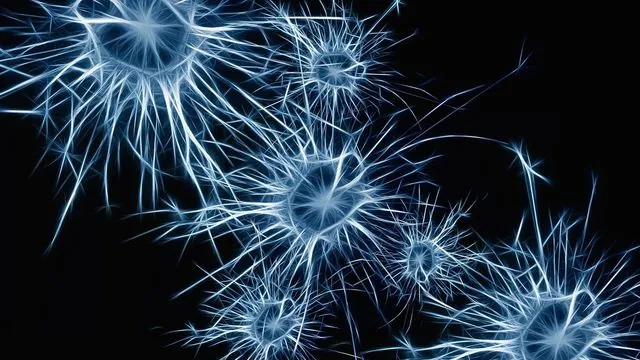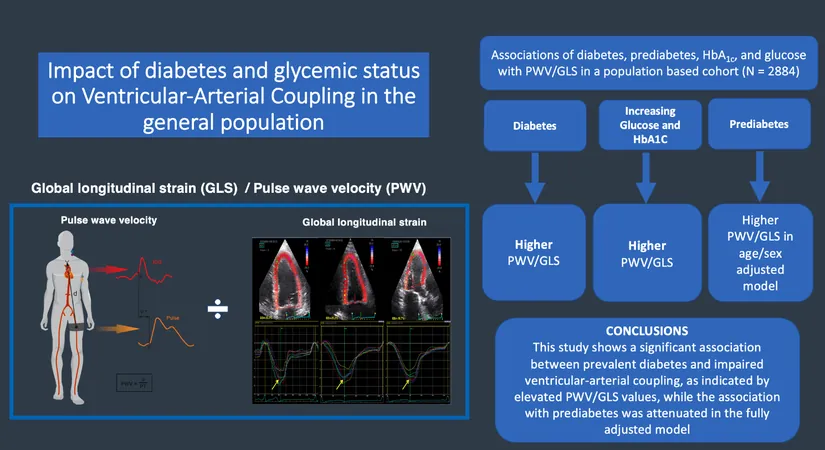
Amazing Find: Bacteria Proved to Have Used Oxygen Long Before It Was Abundant!
2025-04-07
Author: Arjun
Introduction
In a groundbreaking revelation, researchers at the HUN-REN Center of Ecological Research (HUN-REN CER) have unveiled astonishing insights into the evolutionary history of bacteria, shedding light on their relationship with oxygen. This major study, published in the prominent journal Science, brings forth a wealth of information that suggests bacteria mastered the use of oxygen billions of years before it became a prevalent element in Earth's atmosphere.
The Research Team's Aim
The research team, featuring esteemed scientists from Hungary and other countries, aimed to pinpoint the timeline of major bacterial evolution events and to understand how these microorganisms adapted to utilize oxygen. This quest hinged on the Great Oxidation Event (GOE), a pivotal moment that occurred approximately 2.33 billion years ago. The GOE resulted from enhanced photosynthesis activity by cyanobacteria, which dramatically increased atmospheric oxygen levels.
Methodology
Historically, pinning down the timing of such developments was hampered by a lack of fossil evidence. To circumvent this issue, researchers employed an innovative approach that melded geological data with genetic analysis. Harnessing machine learning techniques, they successfully identified ancient aerobic bacteria and utilized Bayesian statistical models to estimate their emergence, theorizing that these oxygen-metabolizing bacteria originated post-GOE.
Key Findings
The study meticulously reconstructed the evolutionary pathways of 1,007 bacterial genomes and documented an impressive 84 transitions between anaerobic and aerobic states. Most of these transitions occurred after the GOE; however, the researchers found at least three instances where this ability developed long before, suggesting that some bacteria might have utilized oxygen nearly 900 million years prior to its atmospheric accumulation.
Implications of the Findings
These revelations indicate that the capability to exploit oxygen could have existed earlier than the rise of oxygen-producing photosynthesis, hinting at a potential role for this capability in the evolution of critical genes necessary for photosynthesis itself.
Bacterial Ancestry and Evolution
The findings also posit that the common ancestor of all existing bacteria lived during the Earth’s primordial years, between 4.4 and 3.9 billion years ago. The main bacterial lineages we recognize today began emerging between 2.5 and 1.8 billion years ago, coinciding with significant environmental shifts on our planet. Interestingly, many of the bacterial families that are still thriving evolved around 0.75 to 0.6 billion years ago, simultaneously with the advent of complex plant and animal life.
Conclusion
Ultimately, the researchers have introduced a new methodology that integrates genetic, fossil, and geochemical data to enhance understanding of life's early evolution, particularly for microorganisms lacking fossil records. This pioneering approach not only enriches our comprehension of bacterial evolution but may also be pivotal in future studies of diverse microorganisms.
This discovery underscores the resilience and adaptability of life on Earth, offering profound implications for our understanding of biology and the ancient conditions that shaped our planet. The secrets of Earth's early inhabitants may be more interconnected with our modern ecosystem than we previously realized!





 Brasil (PT)
Brasil (PT)
 Canada (EN)
Canada (EN)
 Chile (ES)
Chile (ES)
 Česko (CS)
Česko (CS)
 대한민국 (KO)
대한민국 (KO)
 España (ES)
España (ES)
 France (FR)
France (FR)
 Hong Kong (EN)
Hong Kong (EN)
 Italia (IT)
Italia (IT)
 日本 (JA)
日本 (JA)
 Magyarország (HU)
Magyarország (HU)
 Norge (NO)
Norge (NO)
 Polska (PL)
Polska (PL)
 Schweiz (DE)
Schweiz (DE)
 Singapore (EN)
Singapore (EN)
 Sverige (SV)
Sverige (SV)
 Suomi (FI)
Suomi (FI)
 Türkiye (TR)
Türkiye (TR)
 الإمارات العربية المتحدة (AR)
الإمارات العربية المتحدة (AR)